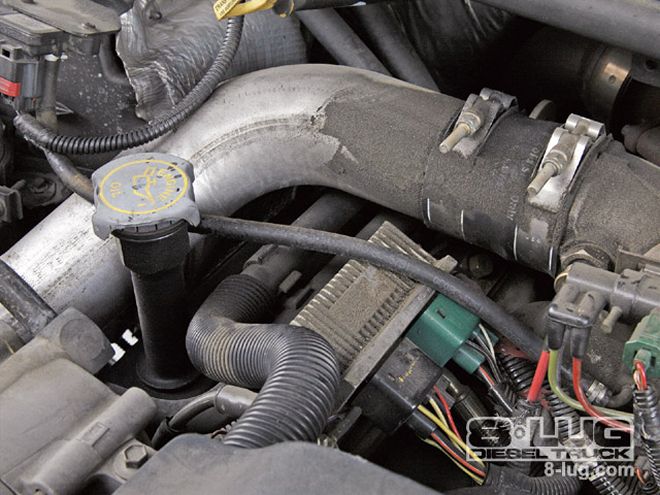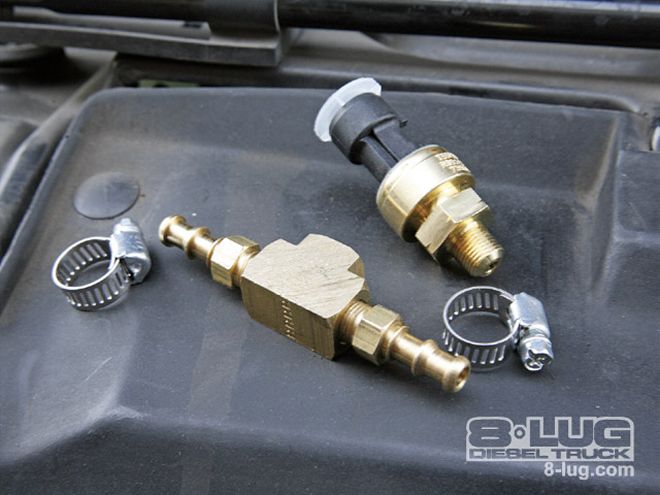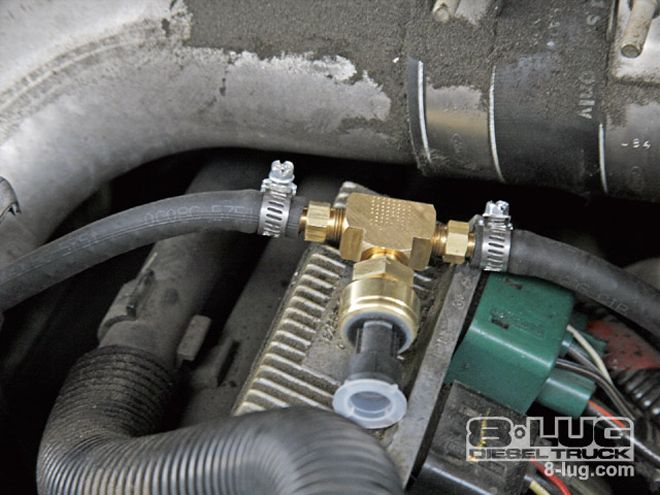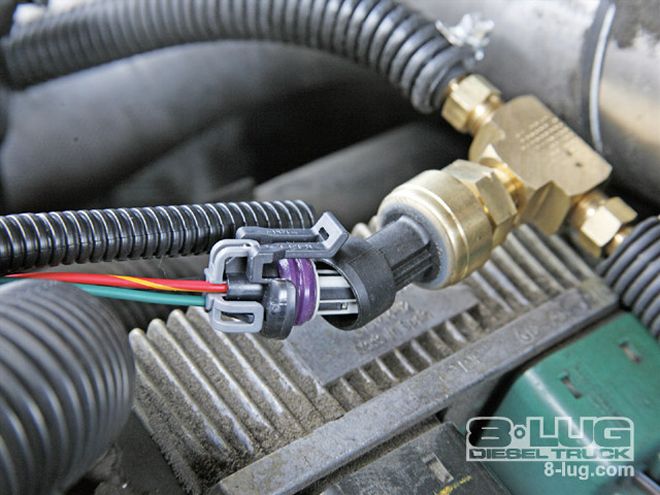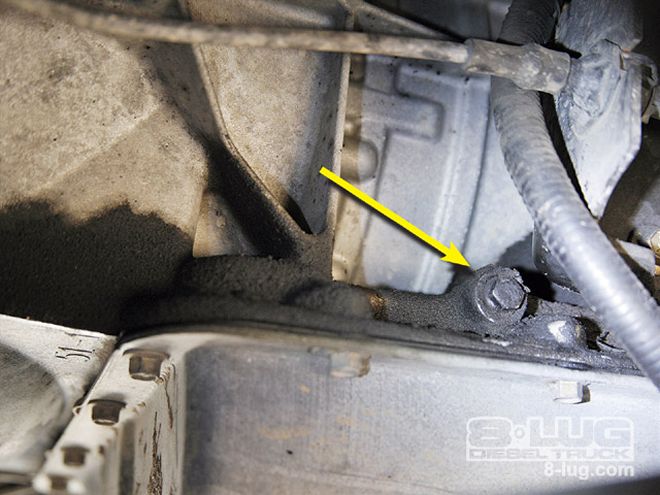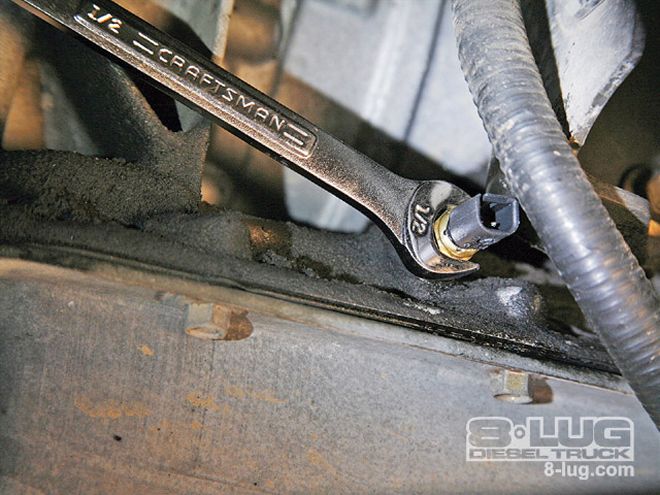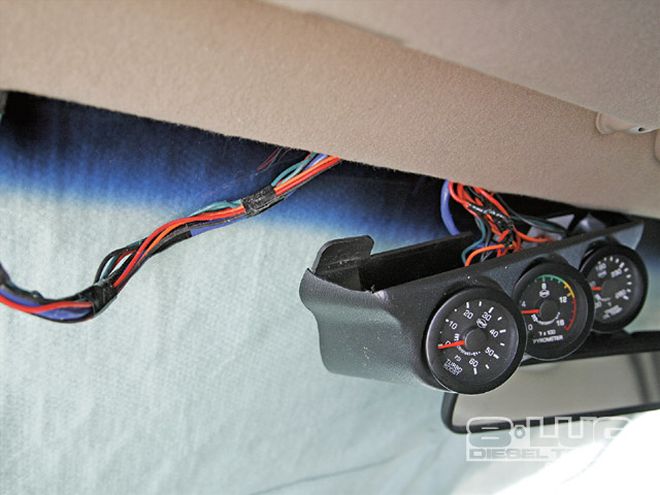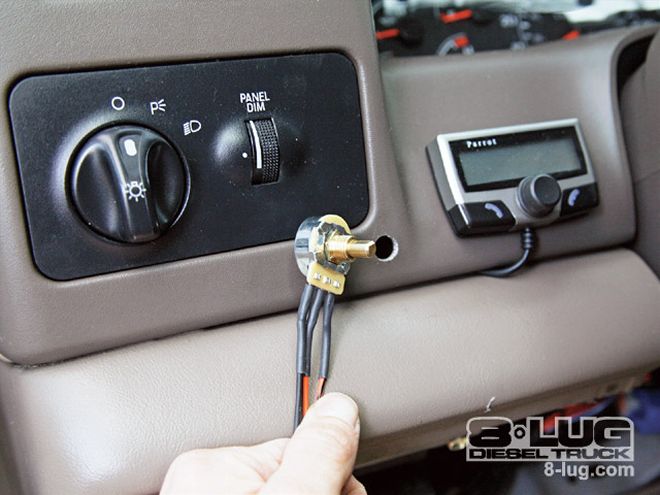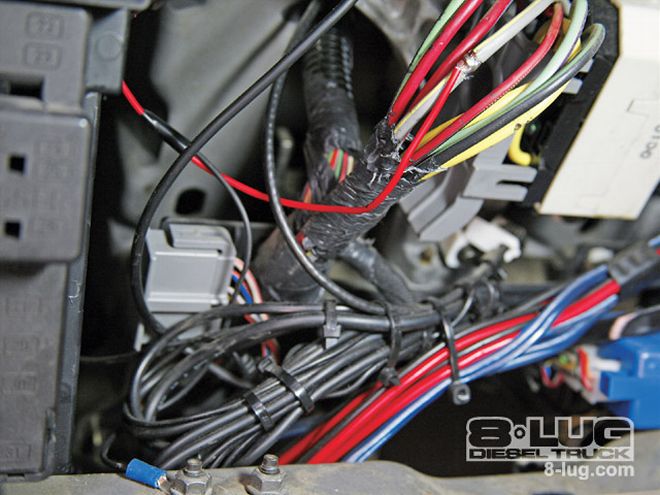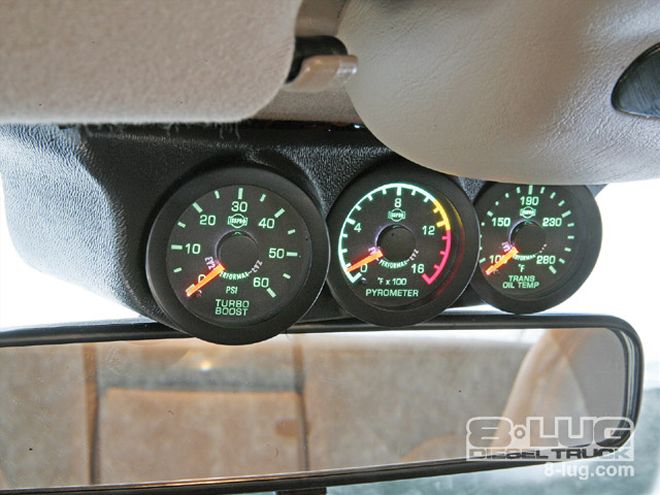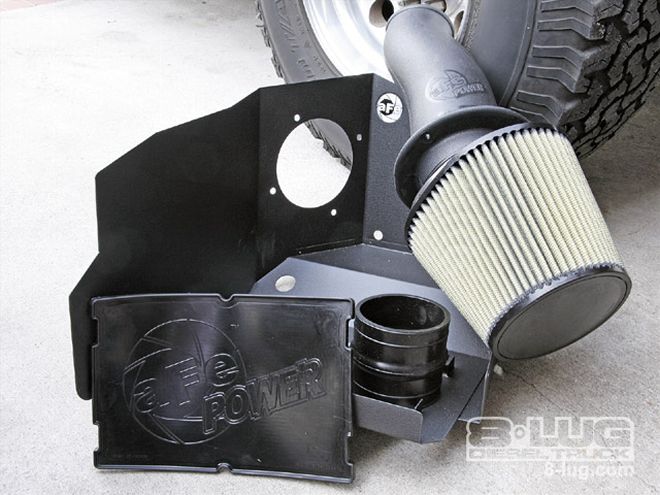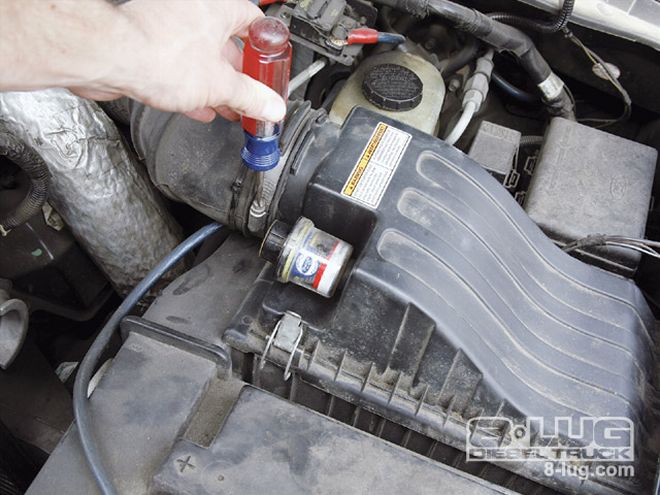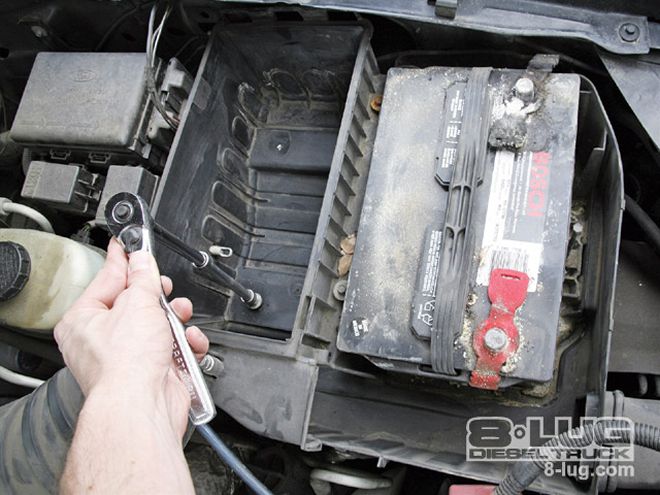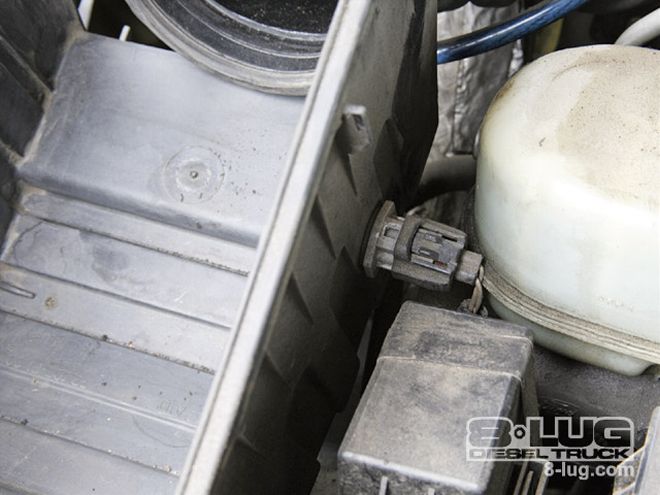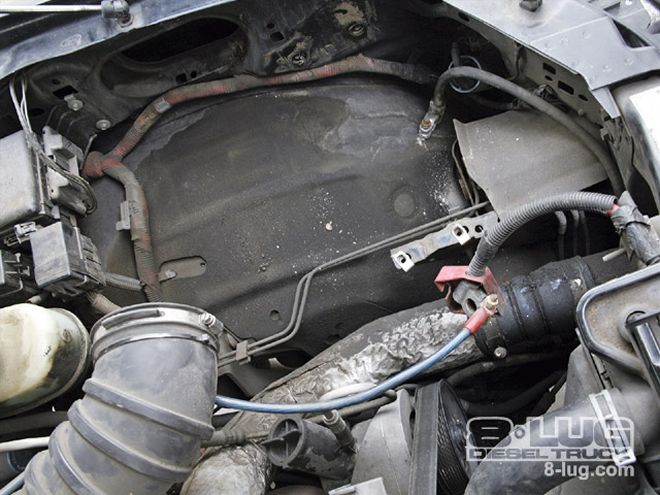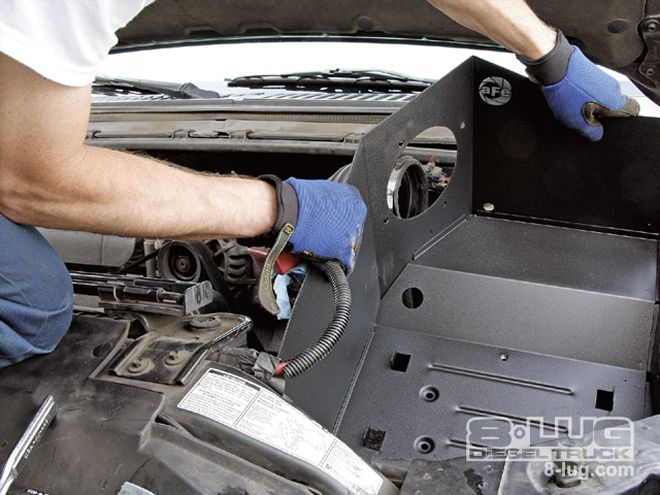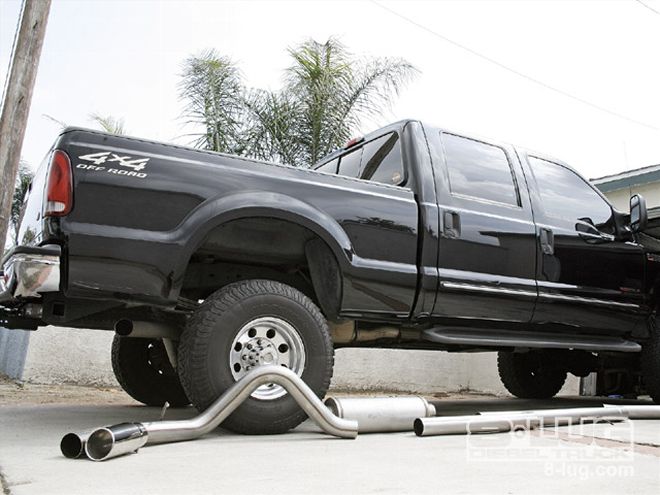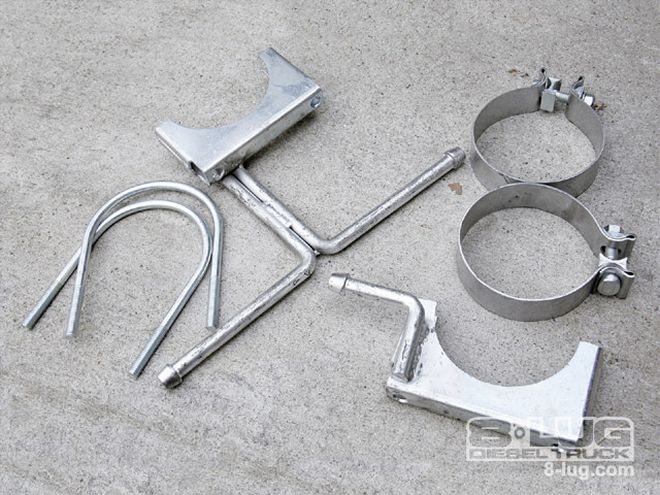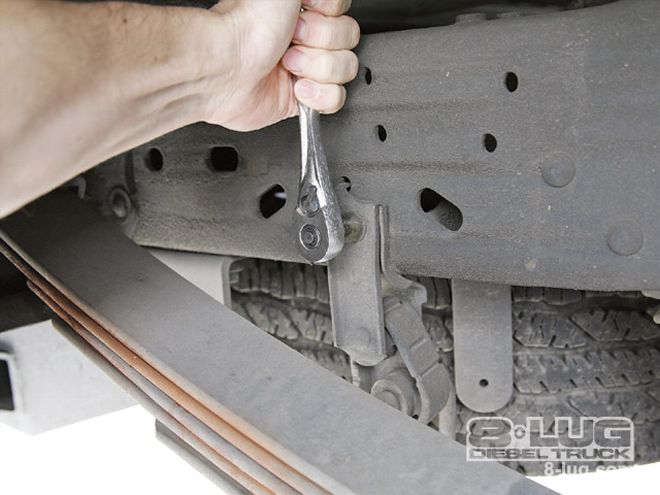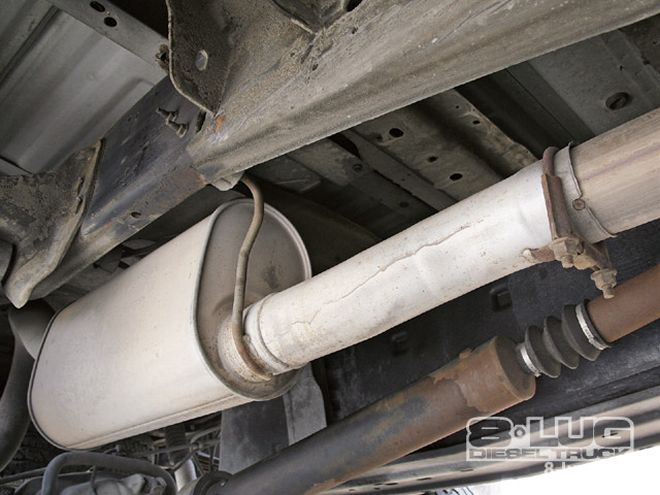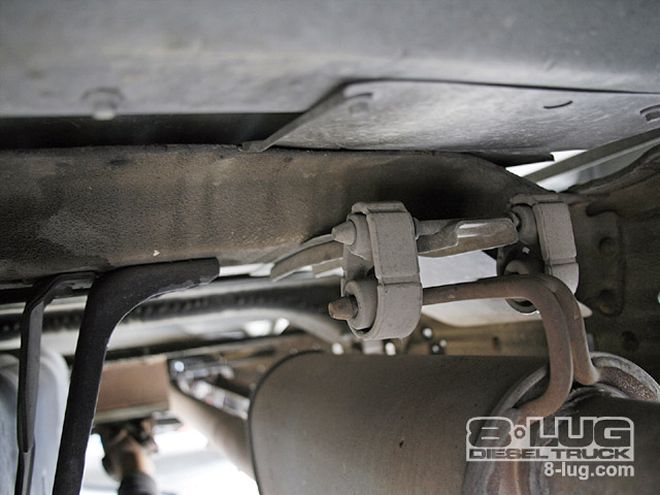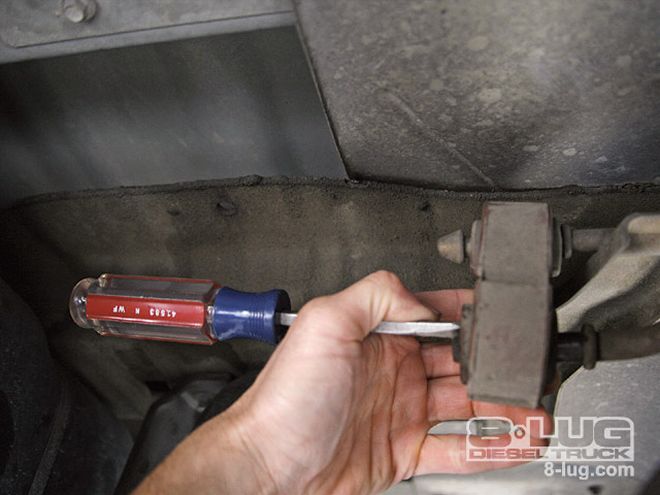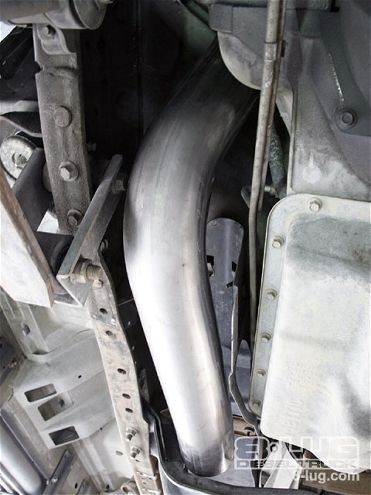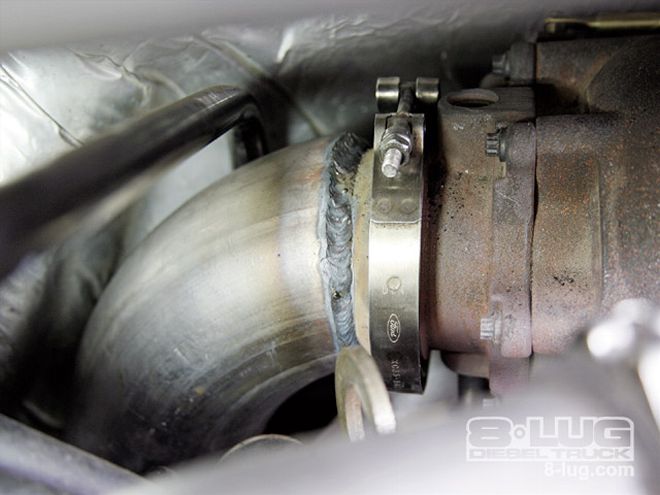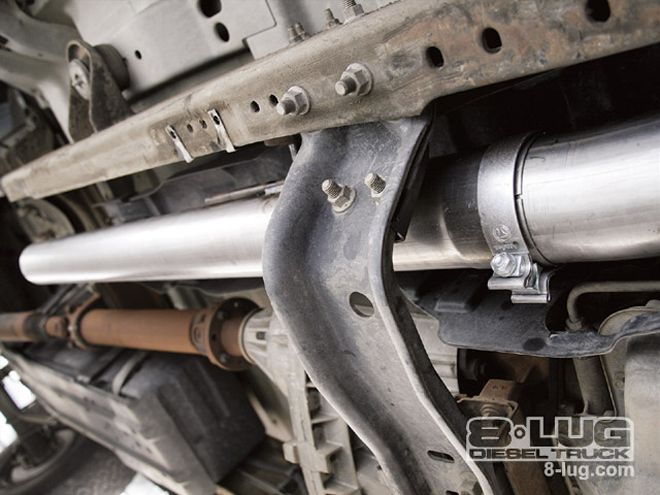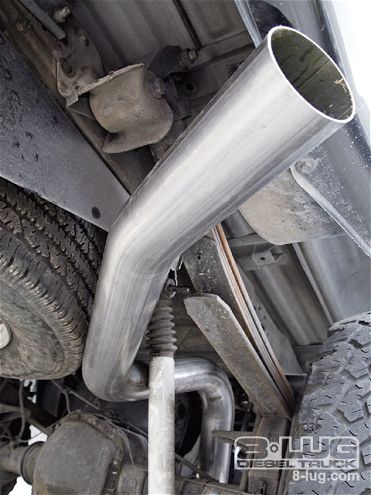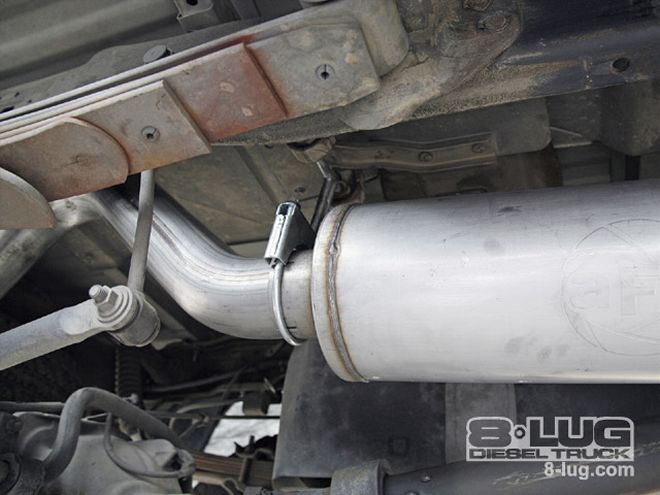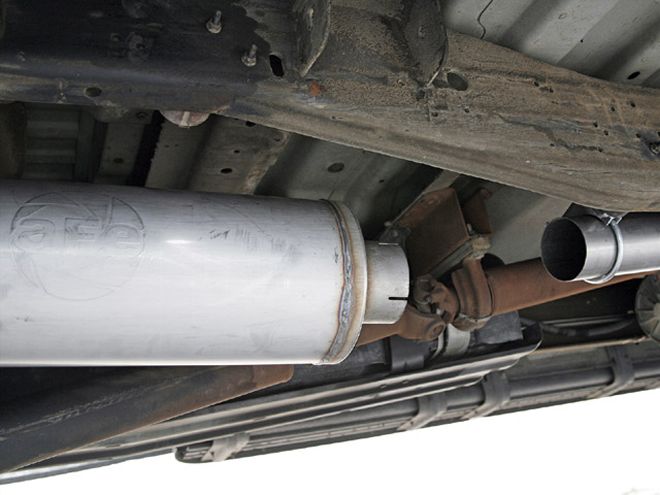Last summer, when diesel hit stratospheric highs nationwide, reaching roughly $5.45 a gallon in the L.A. area, lots of folks thought the good ol' days of cheap, or even mildly affordable diesel were gone for good and began unloading their trucks. The market was quickly saturated, since loads of trucks were for sale and almost no one was looking-which of course led to more than a few great deals. Some saw it as the end of their diesel days-we saw it as open season on potential project trucks.

| This ain't a show truck, but it's not a beater either; it's a well-cared-for driver. The stance is staying since we're at the highest lift possible while still being able to swing an engine into the bed with a standard hoist. It's gotta stay usable.
Thanks to persistent Craigslist.com scouring, this author wound up with a clean and fairly well maintained '00 F-350 Lariat 4x4 with a 7.3L Power Stroke and 4R100 automatic combo for way less than KBB and NADA suggested it was worth. While it was mechanically stock, it did have an unidentified 4-inch lift and aged 35s on 16.5-inch wheels. Inside it was outfitted with trailer brakes, Bluetooth, and a powerful Alpine stereo with twin amps, Infinity component speakers, and two 10-inch Rockford Fosgate subs behind the seat. Not a bad score, if we do say so ourselves.
So what are the plans? A couple of issues back, Editor Bob Carpenter wrote his column about his belief that most people who own 3/4- and 1-ton diesel pickups do so mostly because they have a need for the brute force and sturdiness they provide. Considering the state of the economy right now, a new truck isn't in the cards for many, but that need for a good truck you can depend on never goes away. Fortunately, with the right choices, a good older truck can meet or exceed new truck standards and keep extra money in your pocket for years to come.
With that in mind, the goal for this truck will be to create a powerful but dependable real-world truck. Specifically stated, the list of mods in store will be done with an eye toward increasing usable power and torque while maintaining or increasing longevity. It won't be a dyno queen, a 4-ton drag racer, or loaded with expensive show truck parts and sky-high suspension lifts. In other words, the money is going toward building a dependable worker, not a toy.
That's not just lip service either-over the past year this truck has been regularly used for towing and parts hauling around Southern California, taken out to the desert, and driven high into the mountains. This is a truck that was bought to be used.
So to get things rolling, we're going to start with the basic building block bolt-ons and progress in a logical procession of parts that work for any turbodiesel while providing a rationale and review of each stage of our project truck. Some call these first three essential bolt-ons the "driveway mods," because anyone with a decent set of tools and the willingness to follow instructions can easily handle them in their driveway. To prove it, that's exactly what was done.
Step 1- Isspro Gauges
Whether your plans call for staying stone-stock or upgrading nearly everything from end to end, if you're planning on actually using your turbocharged diesel like it was intended, the first modification on your list needs to be a set of gauges. The big three needed for every turbocharged diesel are boost pressure, exhaust gas temp (EGT), and transmission temperature. It's all in the name of preventing catastrophe.

| For our monitoring threesome, we chose Isspro's Performax EV2 trio of gauges not only for their accuracy, but because their font and green backlighting is a near perfect match for the factory Ford cluster. Our pod is a windshield-mount style that installs over the rearview mirror.
The pyrometer is critical because it keeps tabs on exhaust temp, which is far higher on turbocharged vehicles-especially those under the strain of towing-and can indicate the health of your tune. Typically, anything hotter than 1,350 degrees for an extended period of time will damage the pistons.
Trans temp is the next most important gauge. Heat is the number-one killer of transmissions and heavy towing, and hard driving can quickly raise temps, leading to premature failure. A gauge will not only let you know before you hit the danger zone, it will also let you know if you need increased cooling.
Sometimes referred to as the "ego boost" gauge (especially on stock trucks), the boost gauge actually performs a vital function by measuring boost pressure (psi) supplied by the turbo. Keeping tabs on this will be increasingly important as modifications are added and can alert you to underhood issues if you're not getting full boost.
Step 2- AFE Stage 2 intake system
The first step in increasing our truck's performance was to uncork the untapped potential by allowing it to inhale easier with a Stage 2 intake system from Advanced Flow Engineering (AFE). While cold-air kits tend to make modest increases on naturally aspirated engines, they can unleash much larger gains for forced induction. The big daddy Pro-Guard 7 conical filter isn't for braggin' rights; simply stated, a larger conical filter has more surface area, which means more air can be pulled through by the turbo with less resistance. The roughly 90 percent increase in airflow over stock provides the air a big, turbocharged diesel engine needs. That translates into more power and more boost without any other mods.
Driving Review
Out on the road, we immediately noticed a marked increase in throttle response from a dead stop, but the largest difference was the increased torque felt when rolling into the throttle while the truck was already in motion. This was most noticeable on long hills where the truck required less throttle to maintain speed. The Isspro gauges confirmed what our butt dyno told us by showing that boost came on quicker in low rpms and that we actually gained a little, with total boost coming in at about 16.5 psi vs. about 15 psi with the stock housing and filter. Turbo whistle had a mild increase in volume under throttle but was not noticeable with the windows up and not audible at all in stop-and-go city driving.
Step 3- AFE Mach Force Stainless Steel Turbo-Back System
One great thing about having a big, single exhaust pipe is the sheer simplicity of swapping it out for an aftermarket system. While the stock exhaust system can work decently for mild trucks with a few modifications, the stock muffler is sacrificing a great deal of performance for quiet operation. Most 7.3L trucks, including our original California project truck, weren't equipped with catalytic converters, so installation of an aftermarket replacement exhaust will not negatively alter emissions in any way, but the increase in diameter and 29 percent increase in flow from the mandrel bends and AFE's tubular muffler do make a significant difference in performance.
Review
Just as with our AFE Stage 2 intake, the difference was immediately felt when we headed out for a testdrive. Throttle response was dramatically faster and the obvious torque increase brought acceleration on much quicker under all conditions. Plus, the lag on our upshifts was also greatly reduced. We also noted EGTs were down overall, especially under heavy throttle or extended strain, like pulling on a hill. That's all well and good, especially considering our future plans for this truck, but if nothing else, the sound made the swap worthwhile. We'd call it somewhere between a muscle car and a semi with considerably more turbo whistle, but with decibel levels low enough to still allow comfortable cruising. Honestly, with the windows up, the turbo is barely audible and you can't hear the exhaust at all. Others sure can though-we noticed a lot more turned heads and thumbs-ups.

| 2000 Ford F350 Lariat 4x4 Modifications ford F350
